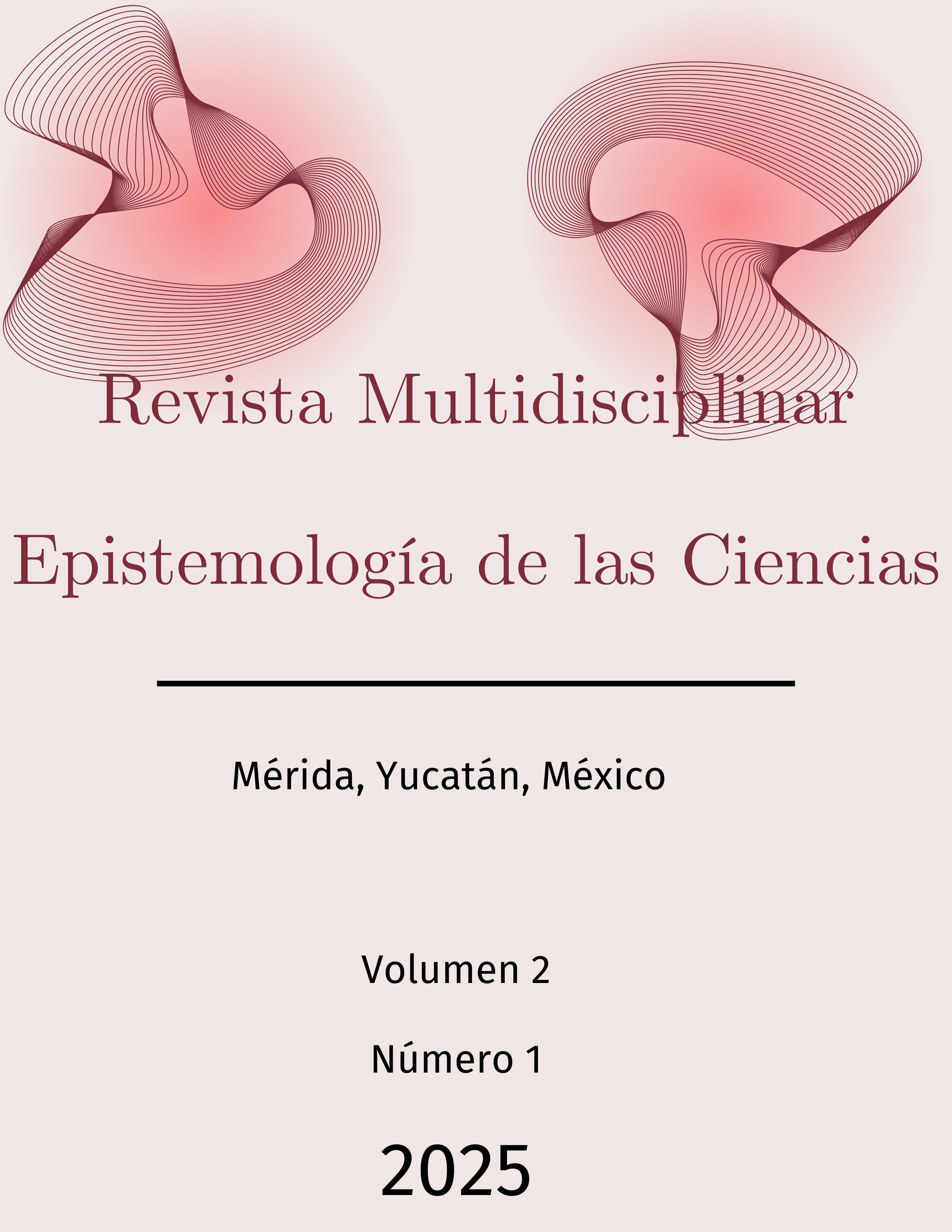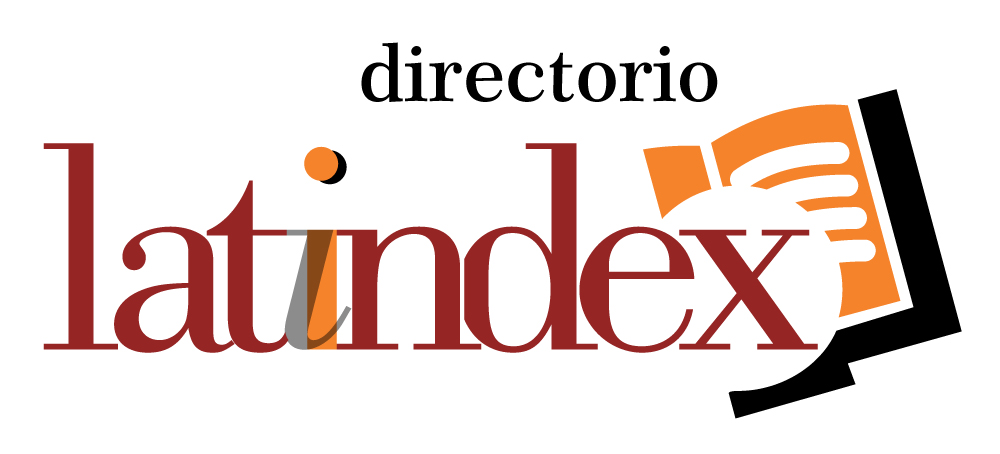Critical analysis of public discourse: sexist discrimination to increase influence and power?
DOI:
https://doi.org/10.71112/jgm74450Keywords:
abusive power, critical discourse, gender equity, political communication, sexist discriminationAbstract
Is it acceptable for leaders or other members of social groups participating in the politics of a given country to grant themselves tolerance or free rein to make offensive and discriminatory statements as a valid means to increase popular sympathy, public influence, and social power? They seem to have apparent exclusivity, easy access, and control over public discourse. This essay selects from over a hundred discriminatory statements publicly made by the same individual, primarily directed at women. It critically analyzes the global context of these statements in relation to gender equity. The selected material has been publish in front-page headlines in various newspapers from different countries and has been publicly aired in hundreds of television programs and news broadcasts, books, and other media in different languages. This essay will cite some sources to support the arguments presented, including a visual television link.
Downloads
References
Anderson, J.A. (1989). Structures of discourse and structures of power. Communication Yearbook No 12. Pp 18-59. Sage, Newbury Park, California. DOI: https://doi.org/10.1080/23808985.1989.11678711
Brown, P. y Levinson, S. (1987). Politeness: Some universals in language usage. Cambridge: Cambridge University Press. DOI: https://doi.org/10.1017/CBO9780511813085
Brown, R. y Gilman, A. (1960). “The pronouns of power and solidarity”. Style in Language. Sebeok, T. (Ed.). Cambridge, MA: MIT Press. 253–77.
Coulhard, C. R. and, Coulhard, M. (1996). Discourse Analysis. pp 84 – 104. Routledge, Londres.
Essed, P. (1997). “Racial intimidation: Sociopolitical implications of the usage of racist slurs”. The language and politics of exclusion: Others in discourse. Riggins, S. (Ed.). Thousand Oaks, CA: Sage. 131–152.
Essed, P. (1991). Understanding everyday racism: An interdisciplinary theory. Newbury Park, CA: Sage. DOI: https://doi.org/10.4135/9781483345239
Eckert, P. y Rickford, J. (2001). Style and sociolinguistics variation. Cambridge y New York: Cambridge University Press.
Fairclough, N. y Wodak, R. (1997). Critical discourse 220. Revista Austral de Ciencias Sociales 30: 203-222.
Foucault M. (1972). The archaeology of knowledge (Translated from the French by A. M. Sheridan Smith). Pantheon Books.
Foucault M. (1981). The order of discourse. In Young R. (Ed.), Untying the text: A post-structuralist reader (pp. 48, 78), Routledge.
Galbraith, J. K., & Aleu, J. F. (1984). La anatomía del poder. Barcelona, Spain: Plaza & Janés.
Genette, G. (1989). Discurso del relato. Figuras iii, 75-327.
Goldberg, D. and Solomon, J. (2002). The Blackwell Companion to racial and Ethnic Studies. pp. 145-159. Blackwell, Oxford. DOI: https://doi.org/10.1111/b.9780631206163.2002.00002.x
Gómez (2018). Citas y Referencias. Citar vs plagiar. Recomendaciones y aspectos básicos del estilo APA (Basada en la 7. ed. en inglés). Biblioteca de la Universidad de Lima, Perú. Version actualizada al 2020. https://apastyle.apa.org/blog/
Graham, L. J. (2005). Discourse analysis and the critical use of Foucault. The Australian association of research in education annual conference.
Gramsci, A. (1971). Selections from prison notebooks. Londres: Lawrence and Wishart.
Han, B. C. (2016). Sobre el poder. Herder Editorial.
Kedar, L. (1987). Power through discourse. Norwood, NJ: Ablex
Lukes, S. (1986). Power. Oxford: Blackwell.
Makri-Tsilipakou, M. (2003). Greek diminutive use problematized: gender, culture and common sense. Discourse & Society. 14, (6), 699–726. DOI: https://doi.org/10.1177/09579265030146002
Mayr, A. (2008). Language and power: An introduction to institutional discourse. Londres y Nueva York: Continuum.
Moya, A., & Herrera, M. (2015). Twitter como ágora moderna: Deliberación y confrontación de ideas. Biblioteca de la Universidad de Lima, Perú. Version actualizada al 2020. https://apastyle.apa.org/blog/
Sarangi, S. y Slembrouck, S. (1996). Language, bureaucracy, and social control. Londres and New York.
Longman. S. R. (2015). “Discourse Analysis in the Legal Context”. The Handbook of Discourse Analysis (2nd Ed.). Chichester: John Wiley & Sons. 822-840. DOI: https://doi.org/10.1002/9781118584194.ch38
Rodríguez, A. (2011). Evadas, cíen frases de Juan Evo Morales Ayma para la historia. Ed.: Independiente/Bolivia. 184 p.
Ronzani, T. M., & Touzé, G. (2020). Discursos en el ámbito científico, político y social. In: Consumos de sustancias psi-coactivas: del castigo al cuidado. Salud colectiva, 16, e3100. DOI: https://doi.org/10.18294/sc.2020.3100
Tannen, D.; Schiffrin and Hamilton, H. (2001). Handbook of Discourse Analysis. pp. 352-371. Blackwell, Oxford. DOI: https://doi.org/10.1111/b.9780631205968.2003.00019.x
Tannen, D. (1994). Talking from 9 to 5: How women’s and men’s conversational styles affect who gets heard, who gets credit, and what gets done at work. Nueva York: Morrow.
Van-Dijk, T. A. (2017). Análisis Crítico del Discurso. Revista Austral De Ciencias Sociales, (30), 203–222.
Van Dijk, T. (Ed.). (2016). Analysis. Discourse as social interactions. Discourse studies: A multidisciplinary introduction, vol. 2. Thousand Oaks, CA: Sage. 258–284.
https://doi.org/10.4206/rev.austral.cienc.soc.2016.n30-10. DOI: https://doi.org/10.4206/rev.austral.cienc.soc.2016.n30-10
Van Dijk, T. (2014). Discourse and knowledge. Cambridge: Cambridge University Press. DOI: https://doi.org/10.1017/CBO9781107775404
Van Dijk, T. (2008). Discourse and power. Basingstoke y New York: Palgrave Macmillan. DOI: https://doi.org/10.1007/978-1-137-07299-3
Van Dijk, T. (2005). Discurso y poder. Gedisa Editorial.
Van Dijk, T. (1987). Communicating racism: Ethnic prejudice in thought and talk. Newbury Park, CA: Sage.
Wrong, D. (1979). Power, its forms, bases, and uses. Nueva York: Harper and Row.
Downloads
Published
Issue
Section
License
Copyright (c) 2025 Multidisciplinary Journal Epistemology of the Sciences

This work is licensed under a Creative Commons Attribution 4.0 International License.











